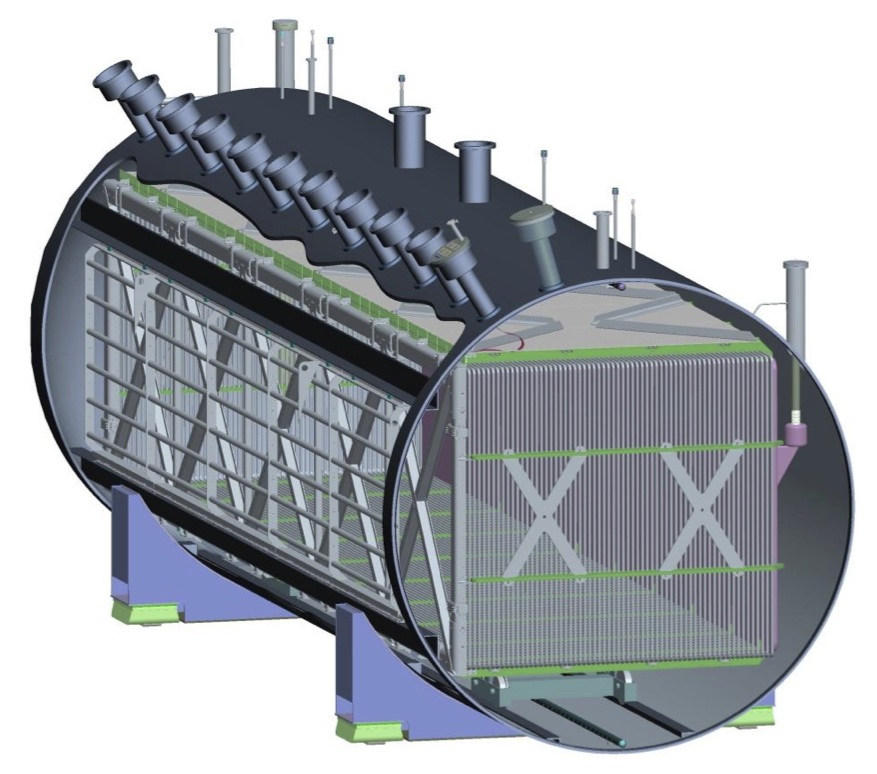The MiniBooNE experiment was designed to test the LSND anomaly, which is a possible signal for sterile neutrinos. Located at the Fermilab National Laboratory, it used a different beam-line and detection technology — mineral oil Cerenkov radiation, rather than liquid scintillator. The experiment saw two anomalies in low energy electron neutrino and anti-neutrino appearance. However, mineral oil Cerenkov radiation detectors cannot distinguish electron neutrinos from certain kinds of gamma ray events, which are a possible source of background.
Determining the nature of this low energy excess requires a different kind of detector. MicroBooNE was conceived as a liquid argon time projection chamber, a design with higher resolution but smaller scale than MiniBooNE.

I contributed to the testing and construction of MicroBooNE’s light collection system. This work was supported by a University Research Association Fermilab fellowship.
While the detector was under construction, there was a worry that the photomultiplier tubes could induce interference on the time projection chamber’s wire planes. I tested this in situ and determined the cross-talk to be below acceptable levels. This work went on to inspire a method of using the wire planes to read out light collection data.
I also created a system to calibrate the amount of methane injected into the Bo vertical test stand. With this system, Ben J.P. Jones was able to test the effect of dissolved methane on the scintillation light of liquid argon.
I also investigated new machine learning methods for the classification and reconstruction of events in MicroBooNE. We have shown that convolutional neural networks can classify Monte-Carlo simulation data based on particle type. Future efforts are concentrating on improving the robustness of the algorithm to detector effects, including unsupervised methods.
Read an essay I wrote about the use of deep learning in particle physics.